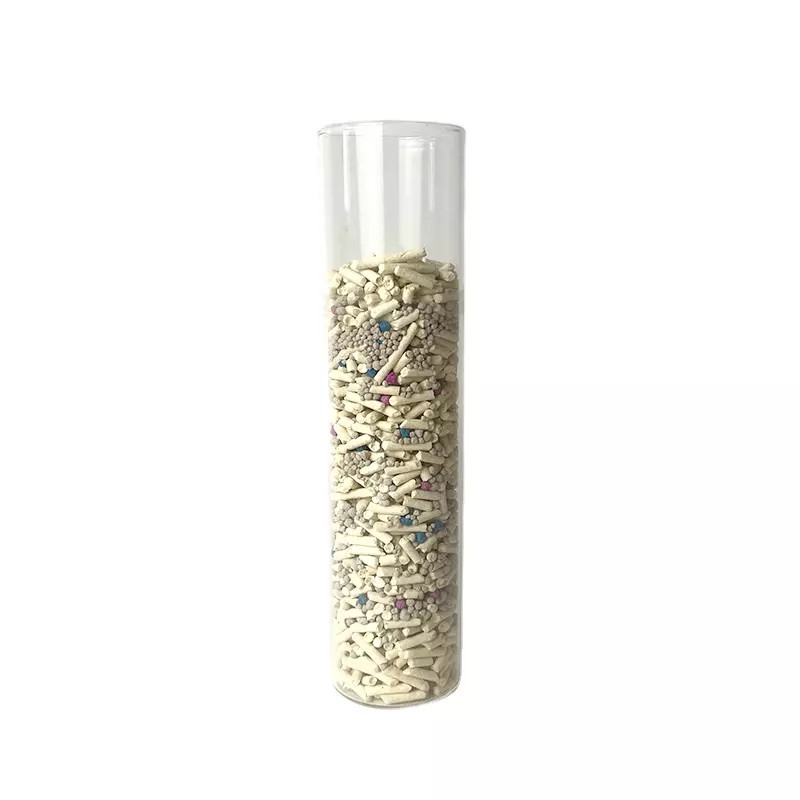SARASOTA, Fla. — Right now Mote scientists are rapidly testing new ways to fight red tide and now they may have found a solution using clay.
Scientists at Mote Marine Laboratory are testing a clay method by spraying small amounts of modified clay particles mixed with seawater on top of a red tide bloom in a Sarasota canal. Bagged Silica Sand

Scientists say as the dense clay particles sink they combine with red tide cells that bury them in the sediment on the seafloor.
"What we’re seeing is that they die, and they’re captured on the bottom," said Don Anderson with Woods Hole Oceanographic Institute.
Anderson says the amount of clay used is so small that it would hardly leave a dusting on the seafloor.
"It's minuscule, like one one-thousandth of an inch," said Anderson.
Anderson is working closely with Mote researchers on the clay method that’s been used to fight algae blooms in other parts of the world for decades.
In 2019, Governor Ron DeSantis allocated $18 million in state funding to a 6-year study to help stop red tide.
Mote researcher Kevin Claridge says the clay method is just one of 25 projects in the works.
"It's an exciting time, we’re going down paths and research that we haven’t been down before," said Claridge.
As far as when this will be applied to red tide in the Tampa Bay area, they say more testing needs to be done and some environmental regulations may need to be changed, so it could be years away.

Bentonite Rock "I think, three or four years away, we could really be treating some large areas," said Anderson.